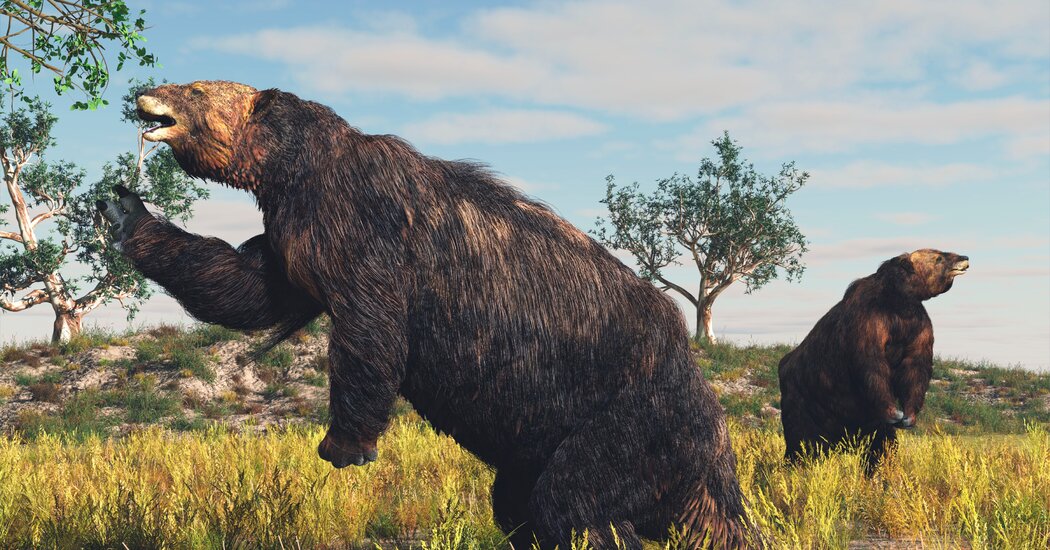New research painted a more accurate picture of the megafauna that spread widely around the Americas before they went extinct.
Ground sloths emerged in South America tens of million years ago, eventually ranging as far north as Canada. While their modern relatives dwell in trees and top out at the size of a dog, ground sloths also occupied land and seashores and, at their largest, rivaled today’s elephants.
We know from preserved pelts that some ground sloths had lots of fur. But did other sloths evolve to be nearly hairless?
Research published earlier this year in The Journal of Mammalian Evolution offers new insights into what the extinct sloths may have looked like, and how furry they really were.
Developing a more accurate picture of ground sloths is not simple. Their habitats varied from tropical to cold climates across the Americas. And they came in a variety of sizes. The megatheres, known as Eremotherium and Megatherium, were among the biggest terrestrial mammals of their time.
The team started by determining sloth body temperature. They employed an analysis that two authors involved in the study, Robert Eagle and Aradhna Tripati of the University of California, Los Angeles, pioneered in earlier research that sampled fossilized teeth.
Using three megathere teeth and two teeth from relatively smaller ground sloths, they measured the abundance of certain isotopes within minerals inside the sloth teeth, Dr. Eagle explained.
